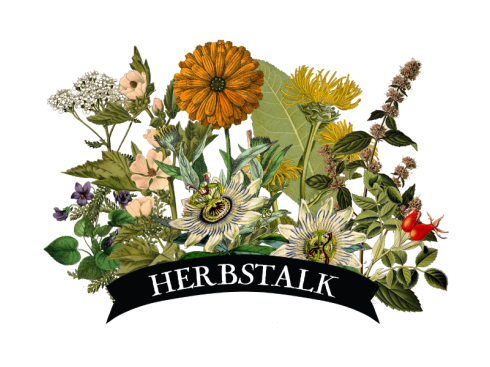|
Submitted by Felix Lufkin. White pine, Pinus strobus, is a tall evergreen tree native to the American north-east. It is easy to identify with its dark black / brown, deeply and widely furrowed bark, its straight trunk and upright aiming branches. White pine, like many other pines in the area, offers a number of different edible and medicinal uses. Since it is accessible year round, it’s a great friend of ours in the winter – when wild foods are more difficult to come by. White pine is a fast growing tree if given the opportunity. It often germinates and grows in large, uniform stands after fires clear patches in a forest. Most pines in the north east have been cut since European contact, though some old growth beings remain – while not as tall, they are the east coast’s version of redwoods, along with American chestnut – growing to at least 150 feet in height and 6 in diameter. How to ID white pine: Bark: White pine bark is dark black with a sort of frosted gray hue. It has wide ridges and deepish groves. It’s not scaly, or shaggy. The bark of the younger branches is quite smooth, with a greenish black color. Cones: White pine’s female cones are the familiar pine cones of the north-east, roughly the size and shape of medium cucumbers, and dark brown. The male cones are small, like small pickled gherkins – smaller than a baby carrot, and more dense. They are both less scaly than spruce cones, and much bigger than hemlock cones, which are just the size of grapes. Needles: White pine needles are in clusters of 5 and are about as long as a playing card. Just think of the five letters in W-H-I-T-E. Red pine needles, in contrast, are in bunches of 2, thicker, and as long as hot dog. Pitch pine needles are in bunches of three and can protrude from the trunk itself. Appearance: White pine has a distinctive, stately appearance, especially when viewed at a distance. It’s branches aim out and slightly upward, like a person with spread arms, lifted up and soaking in the sun. It’s easy to ID them on a ridge even miles away. Its branches are ‘whorled’ on the stem, meaning, many of them radiate out from a single part of the branch they sprout from – different than alternate oak branches, or opposite – aligned maple branches, for example. Whorled branches are somewhat uncommon. Food / Medicine uses: Edible needles: The needles are tasty, aromatic and sour. While a bit chewy, there’s no harm in nibbling them right of the tree for vitamins and some roughage. The lime-green new needles each spring are very tender, sour, and refreshing. Enjoy them! Otherwise, take a few handfuls of needles per quart of tea. You can boil water, pour over the needles and cover, or, to make a richer, more resiny and carb-rich tea, you can bring the needles and some thin twigs to a boil for a few minutes then let steep in the pot, also covered. They’re loaded with vitamin C and other minerals (4 or more times more than OJ – and what are we doing drinking orange juice in New England?!). They also make an excellent fortified vinegar. Inner bark: The inner bark, peeled like a pale, fibrous wonton wrapper off the outer (smooth and darker) bark, is a great survival food. It is rich in carbs. It will sustain you when other food sources are unavailable, though causes harm to the tree – so just use wind falls or pruned branches only if you need to. You’ll have to stew it to make it tender, but it’s worth the experience. Sap: The sap can be chewed as a refreshing and flavorful gum that freshens the breath. Find a scab on a trunk that is very dry and firm to the touch. If it’s the slightest bit sticky or mushy, it will get stuck all over your mouth. If that happens, just chew a little butter to break it down. Cones: The small male cones and immature female cones can be steamed or boiled as a vegetable when green and pliable. They are resinous, but the female cones do have tiny pine nuts in them. Medicinal uses: The pollen can be gathered and tinctured for ‘upright chi’, for vigor and vim. The soft sap can be used as an antibiotic on wounds and to ‘stitch’ together a ragged wound. The needles are great for winter immune boosting, and can be steamed and inhaled for upper respiratory infections. Practical uses: The pitch can be boiled with fat or beeswax into superglue and is an excellent fire starter. The wood, of course, is used for lumber and to keep us warm. The soft, younger bark can be skinned from branches and folded into baskets or containers which harden, and can be sewn together with flexible pine roots, sealed with pitch, and will be water tight. You can even boil water in them! Permaculture: Korean nut pine can be grafted onto white pine for a fast growing, canopy evergreen nut tree. The normal pine nuts we eat, from pinon or Chinese nut pines, don’t grow at altitudes below 6000′, so this is an interesting new option for forest gardens.  Felix Lufkin teaches nature classes and wild edibles at K-12 schools and works with Help Yourself!, a project that plants public orchards and gardens in the Pioneer Valley. He also offers an on-site butchering service and instruction in central New England with Ape and Ape, Inc. Comments are closed.
|
Archives
November 2023
Categories
All
|

 RSS Feed
RSS Feed